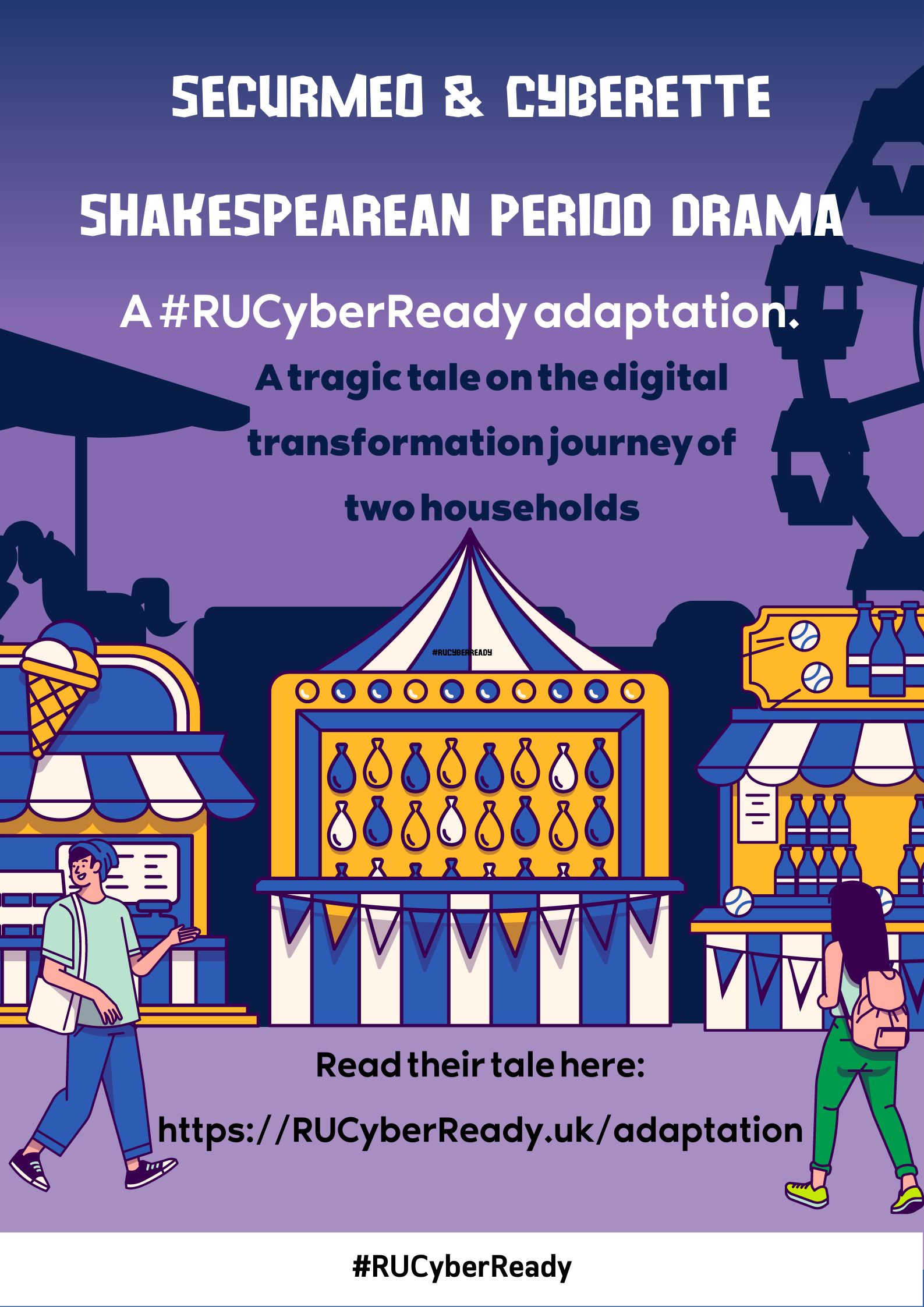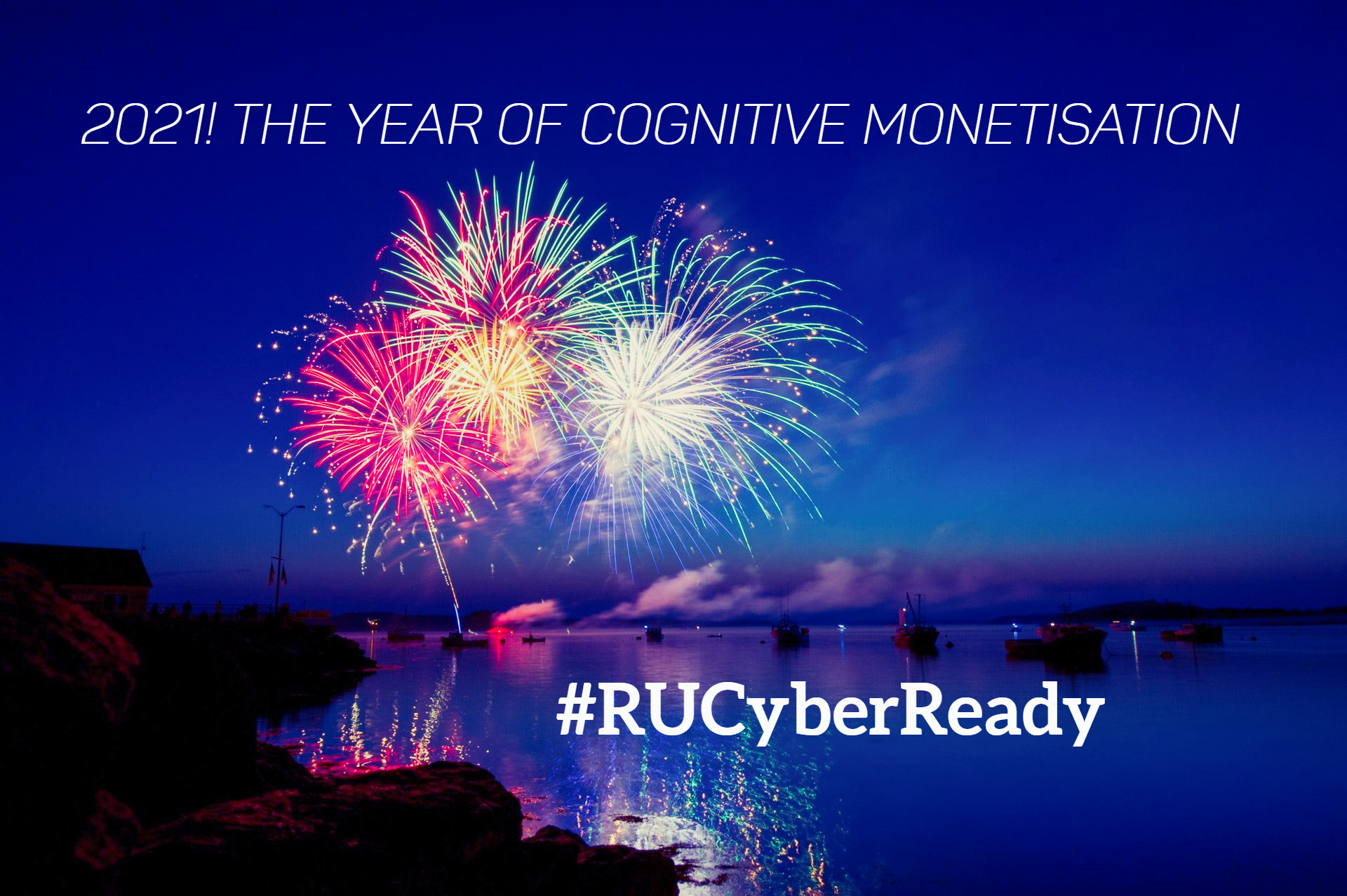2022! The Year of Federated Ecosystems.
What it means for Cyber Security?

Are we talking about sentient A.I ecosystems? well not just yet, but 2022 will see us headed into that direction. With the innovations of Web 3.0 as a method of joining our new cloud worlds into the unknown digital universe, we will see an increase in federated ecosystems throughout 2022.
Digital transformation has seen Web 1.0 and 2.0 mature enough to allow Working-From-Home to become a new business phenomenon, and the same technologies will see consumers now wanting to define newer digital requirements i.e., digital value propositions for smart home efficiencies, patient health, circular economies, or entertainment technologies with federated ecosystems at its core.
Within these ecosystems, consumer design technologies will continue to play an integral role such as new interfaces for garden-wall technologies for content protection, GDPR strategies for data sovereignty, and service resilience features for low-touch applications. It is not only consumer peer to peer activities, but also business to business needs that will see enhancements for economies of scale across decentralised and centralised geo-platforms allowing value add propositions to promote integration using industry 4.0 trust-less self-enforcing contracts, so we can finally have those registered drones performing regulated deliveries automatically using community-based-last mile innovations.
All these new digital requirements will see 2022 create new digital asset classifications and ecosystems to automate high frequency, low value federated transactions. So, what's new here? Well, with Web 3.0, everyone in the ecosystem has value, where consumers and businesses are functioning together in real time.
Accessing technologies like digital browsers through digital devices interacting across data systems will see a community approach that will use secure federated devices, including new methods of RBAC models for platform communities.
The digital ecosystems will need to have dedicated digital technologies like integrated Chipsets, Blockchain, PKI, OS and browser innovations to promote better cyber security, as we all know, the cost of security-control should be less than the value of the asset, so 2022 will also likely see an increase in data tokenisation innovations.
A federated ecosystem will be harmonised with organisational and consumer integrations working as peers - this means using disciplined cyber policies and associated procedures (so robots will know exactly how to self-heal the ecosystem they are deployed in), or if you are not ready for robots just yet, then what risk methods will protect your digital-asset-as-a-service?
Our packages at SAIBER Ltd are designed to help you promote your federated cyber security strategy to better promote your cyber security posture within your organisation i.e. your federated ecosystem.
#RUCyberReady










